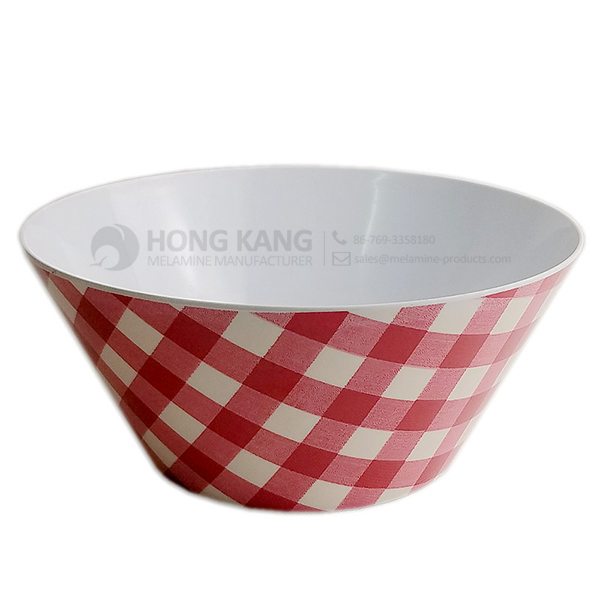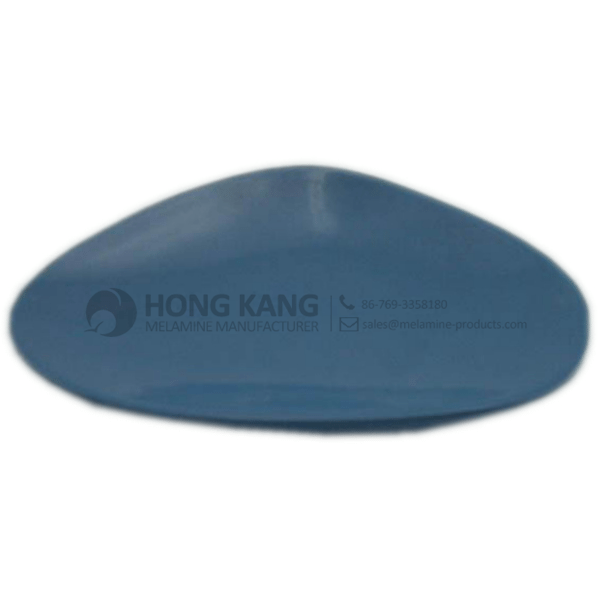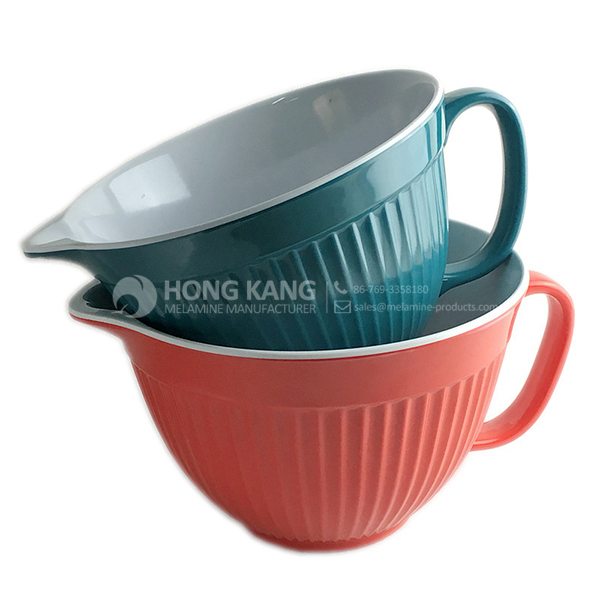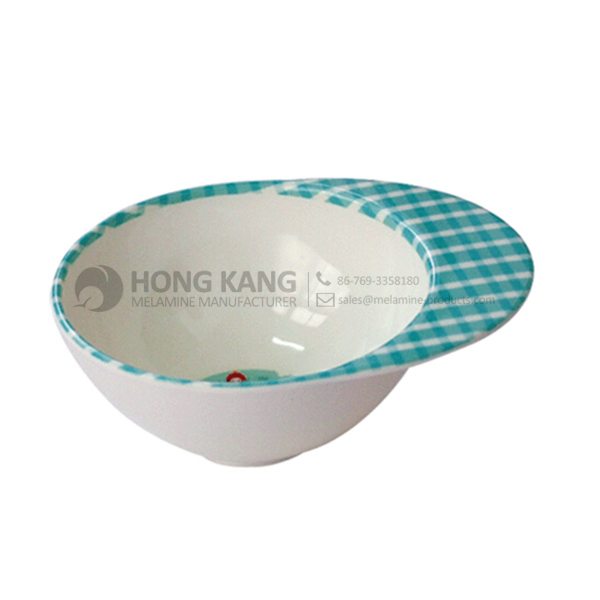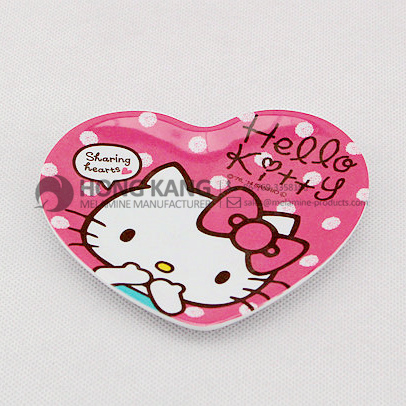Chinese Professional melamine two tone bowl to Burundi Factory
Chinese Professional melamine two tone bowl to Burundi Factory Detail:
| Specification | |
| Item Name | 7inch Round Melamine Two Tone Bowl |
| Item No. | BW256 |
| Shape | Round |
| Body Color | White/Off White |
| Decal Color | 4 colors print (if need) |
| Finish | Glossy |
| Style | Fashion |
| Motif Design | Customized |
| Shape Design | OEM/ODM |
| Test Standard | FDA,PROP 65,EN71,LFGB etc. by SGS or ITS |
| Packaging | 4pcs/box,24set/carton |
| Dimensions | |
| Length | 18 cm |
| Width | 18 cm |
| Height | 12 cm |
| Capacity | N/A |
| Material | |
| Body Material | 100%melamine |
| Decal Material (if need) | 4 colors print (CMYK), or spot color printing, RoHS certificate |
| Imprint (if need) | Seiko ink type 1000 or other type, RoHS certificate |
| Accessories Information | |
| Lid included | No |
| Other | No |
| Weights | |
| Net Weight (kg) | 6.2 |
| Shipping Weight (kg) | 7.3 |
Product detail pictures:
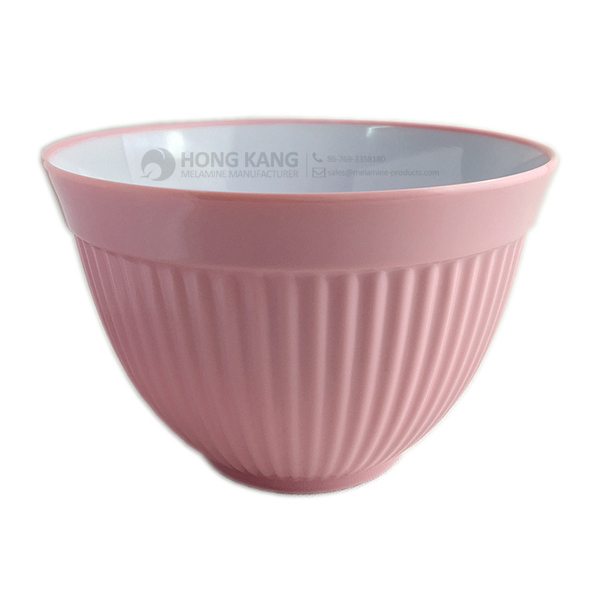
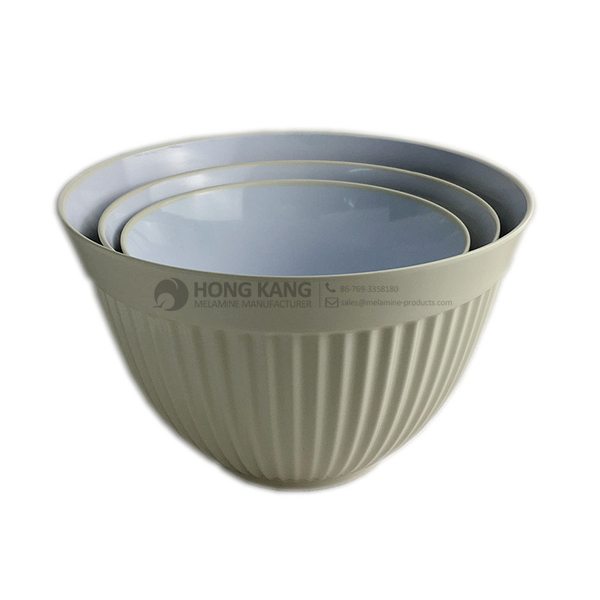
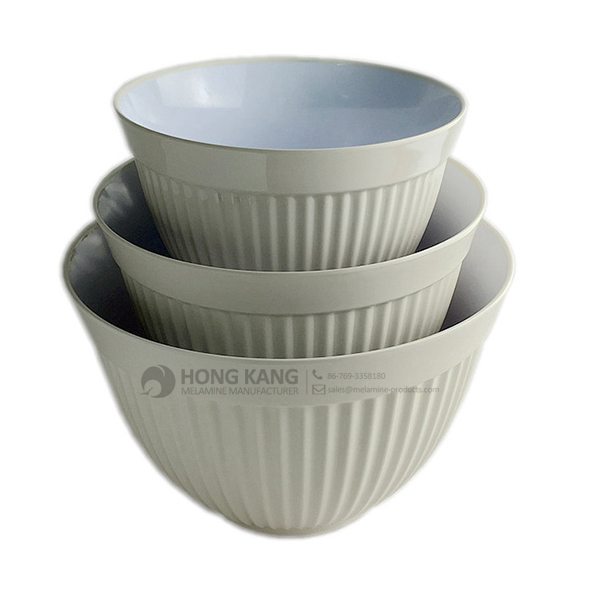
Related Product Guide:
Benefits of Melamine Dinnerware
Affordable Types of Dinnerware Sets
The key to our success is "Good Product or service High quality, Reasonable Rate and Efficient Service" for Chinese Professional melamine two tone bowl to Burundi Factory, The product will supply to all over the world, such as: Czech republic , Latvia , Toronto , The credibility is the priority, and the service is the vitality. We promise we have now the ability to offer excellent quality and reasonable price items for customers. With us, your safety is guaranteed.
FAQ: 1.Q: Where is your factory located? How can I visit there? A: Our factory is located in Guangdong province, China. Warmly welcome to visit us! 2.Q: What is the material of your products? A: The material is melamine. 3.Q: How can I get some samples? A: We can send the samples by Express/DHL/FedEx/UPS etc. 4.Q: How does your company do regarding quality control? A: We have a very strict QC system. Our inspectors have been closely monitoring the production process from the selection of raw materials to the final step of the finished products. 5.Q: Can you print our logo on the product & packing? A: Yes, We can print your logo on our products. 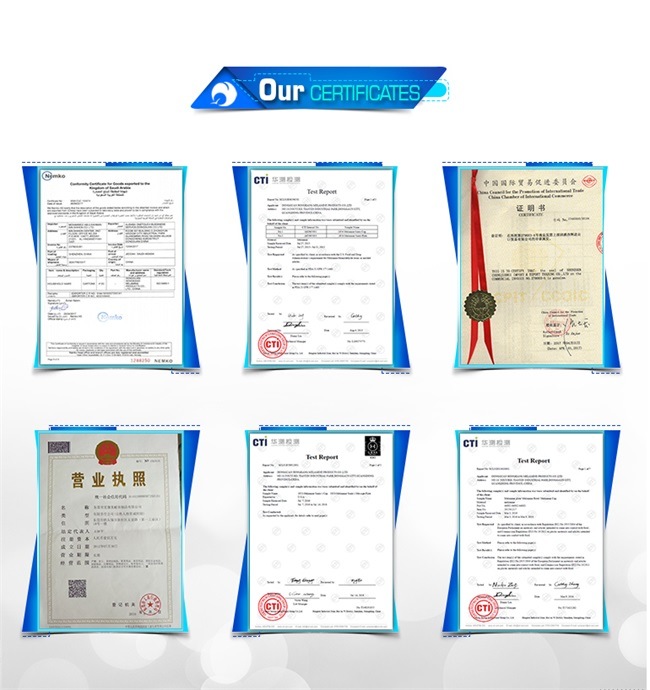
| * Do Not Touch On Fire Directly | |
|---|---|
| * Do Not Washing By Steelwire Ball | |
| * Non-Microwave Ovens | |
| * Dishwasher Safe |
Perfect services, quality products and competitive prices, we have work many times, every time is delighted, wish continue to maintain!






